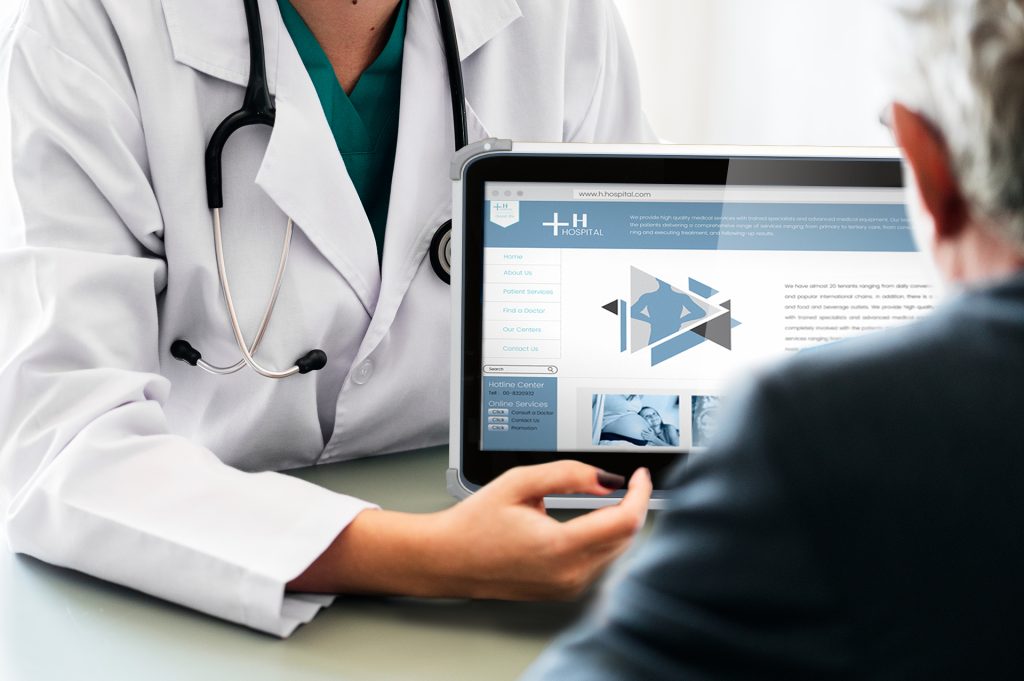
The use of the digital twin for asset management is currently gaining a lot of attention and interest in a variety of industries, including healthcare. In asset management, the digital twin brings together many assets and their associated data in one location, allowing for increased operational efficiency. Asset information that is centralized and visually displayed provides for easy data use and ensures that data is always available to all important stakeholders who need access to the specific asset or assets being tracked and used.
It is feasible to mimic processes and compare past data to the most recent to forecast future changes using a digital twin. There is no need for new software installs or unique expertise to get the digital twin to function as a maintenance system platform and to optimize asset maintenance when the solution is cloud-based and user-friendly.
Here’s a look at how digital twin technology supports better asset management for the healthcare sector:
Asset tracking
Businesses and stakeholders can see their assets in a new light thanks to digital twins. Digital twins give information on an asset’s position in the larger operational picture, in addition to its physical shape and function. What is the 2019 MRI’s current value? When was the last time OEM repaired the copy machine? What happened to the fourth-floor medical cart? In a much larger sense, digital twins provide visibility to assets.
Hospitals have even more potential to make assets go further when they combine IoT and automation. Asset tracking through a twin means more thoughtful management, from proactive and preventative maintenance to improved decision-making about how to use them to assist patient care.
Live asset data and streaming insights
Assets are constantly in-use by multiple people — it’s what makes them assets. This can make it difficult for hospitals to keep track of them especially if a solid system is not in place for tracking them. This is where IoT sensors come into play as vital tools in asset tracking and management. IoT sensors give a wealth of simple, yet critical, asset information, which they pass on to digital twins. Asset managers can easily see where an asset is on a hospital floor or room by looking at the digital twin, which is equipped with a sensor. This data provides a clear picture of that item in activity throughout time and, as the life of an asset becomes more transparent, the management capabilities surrounding it becomes more robust.
Improved decision-making
Asset managers may see the asset’s cost breakdown at a glance, including the purchase price, upkeep costs, ROI, current worth, and more utilizing digital twin technology. They can also view the device’s maintenance and usage history. Digital twin technology delivers exact information at a glance, allowing you to make a more informed decision as to when assets need repairs or maintenance, when to take them off the floor, or when they could be used more in patient care. For example, one might find that the cost of a new MRI machine pays for itself in three years, making it a wise investment over the current model, which is costing money in continuous maintenance. The idea is simple: the more you know about an asset, the more prepared you will be to use it (or replace it when the time is right). The Internet of Things (IoT), and digital twins integrated with a mobile rugged tablet are a potent combo for illuminating asset information.
Rugged, medical tablets are purpose-built for healthcare environments from hospitals to ER’s, to nursing homes to outpatient care centers. Medical tablets easily integrate with digital twin technology to make information easily accessible in real-time.
Digital twins are a useful tool for gathering and maintaining asset-related data. Integration with support and maintenance systems, as well as past maintenance data, help to create a digital record of physical assets that can be accessed by team members and managers in real-time to ensure all assets are being used to their optimal functionality. This not only helps with life cycle maintenance, but it also helps organizations understand their assets better.
Whether it’s tracking usage or optimizing efficiency, digital twins provide much-needed insight for critical assets big and small. Medical tablets team well with digital twin technology to provide healthcare professionals the tools needed to more efficiently do their job.

